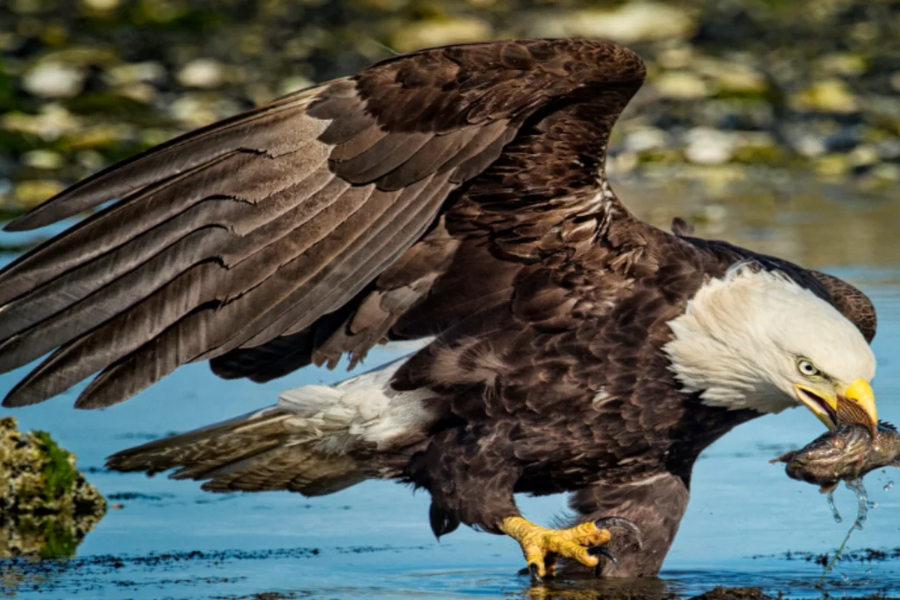The Hancock Bird: A Deep Dive into a Unique Avian Species
When we think of extraordinary birds, many might imagine vibrant colors or intricate songs. However,type of bird hancock offers a distinct charm all its own, standing out not only for its physical attributes but also for its intriguing behavior and habitat. This article explores the Hancock Bird’s habitat, physical characteristics, social structure, and more.
Habitat
The Hancock Bird primarily inhabits dense, tropical rainforests. These environments provide the perfect blend of resources and protection that the Hancock Bird needs to thrive. The lush foliage and towering trees offer both food and shelter, creating a sanctuary where this bird can live and breed.
These rainforests are typically located in regions with high humidity and consistent temperatures, which are crucial for the Hancock Bird’s survival. Its presence is often an indicator of the health of its ecosystem, as the bird relies on a delicate balance of environmental factors to flourish.
Physical
One of the most striking features of the Hancock Bird is its vibrant plumage. Unlike many birds that rely on camouflage, the Hancock Bird’s bright colors and unique patterns make it stand out in its environment. Its feathers display a mix of vivid blues, greens, and yellows, which not only attract mates but also help in communicating within its species.
In addition to its colorful plumage, the Hancock Bird has a distinctive call that echoes through the rainforest. This call is not just a means of communication but also plays a role in establishing territory and attracting potential mates.
Diet
The Hancock Bird’s diet is as diverse as its habitat. It primarily feeds on a mix of fruits, insects, and small reptiles. This varied diet provides the necessary nutrients to maintain its energy levels and vibrant coloration. The bird’s feeding habits also play a crucial role in its ecosystem by aiding in seed dispersal, which helps in the regeneration of the forest.
During the breeding season, the Hancock Bird’s diet shifts slightly to include more protein-rich foods, which are essential for the growth of its chicks. The bird uses its strong beak to extract insects and other small creatures from the foliage.
Social
Social structure among Hancock Birds is both complex and fascinating. They are known for their intricate social hierarchies and cooperative breeding systems. These birds often form small groups or pairs that work together to raise their young.
In these social groups, there is a clear hierarchy, with dominant birds leading the group and making decisions regarding territory and foraging. This structure helps in maintaining order and ensuring the survival of the group.
Communication plays a significant role in the Hancock Bird’s social interactions. Beyond their calls, they use a variety of visual signals and body language to convey messages. These signals help in coordinating group activities and establishing social bonds.
Reproduction
Reproduction is a critical aspect of the Hancock Bird’s life cycle. During the breeding season, the male performs an elaborate courtship display to attract a mate. This display includes a combination of vocalizations, colorful plumage displays, and intricate flight patterns.
Once a pair has formed, they work together to build a nest, typically high up in the trees. The nest is constructed with a variety of materials, including twigs, leaves, and feathers. After the eggs are laid, both parents take turns incubating them and caring for the chicks once they hatch.
The Hancock Bird’s reproductive success is closely tied to its habitat. Any changes in the environment can impact the availability of resources needed for raising young. Conservation efforts are essential to ensure that these birds can continue to thrive and reproduce.
Conservation
The Hancock Bird, like many species, faces threats from habitat loss and environmental changes. Deforestation and climate change are significant challenges that impact its habitat and food sources. Conservation initiatives are crucial in protecting the rainforest ecosystems and ensuring the survival of the Hancock Bird.
Efforts to conserve the Hancock Bird focus on preserving its natural habitat and promoting sustainable practices that reduce environmental impact. By supporting these efforts, we can help protect not only the Hancock Bird but also the broader ecosystem that it depends on.
Interactions
Interactions with other species are an important part of the Hancock Bird’s life. It often shares its habitat with other birds and animals, each playing a role in the ecosystem. These interactions can be cooperative or competitive, depending on the situation.
For example, the Hancock Bird might compete with other species for food resources or nesting sites. However, it also engages in mutualistic relationships with certain plants, helping with pollination and seed dispersal in exchange for food.
Fun Facts
The Hancock Bird is named after its distinct calls, which are reminiscent of a ‘hancock’ sound.
It is known for its impressive flying skills, capable of swift and agile maneuvers through dense forest canopies.
Despite its bright colors, the Hancock Bird is quite elusive and can be difficult to spot in its natural habitat.
Conclusion
The Hancock Bird is a remarkable species that captures the imagination with its vibrant appearance and intricate behaviors. Its role in the rainforest ecosystem highlights the importance of maintaining healthy environments and supporting conservation efforts. By learning more about this unique bird, we gain a deeper appreciation for the rich tapestry of life that surrounds us and the need to protect it.
